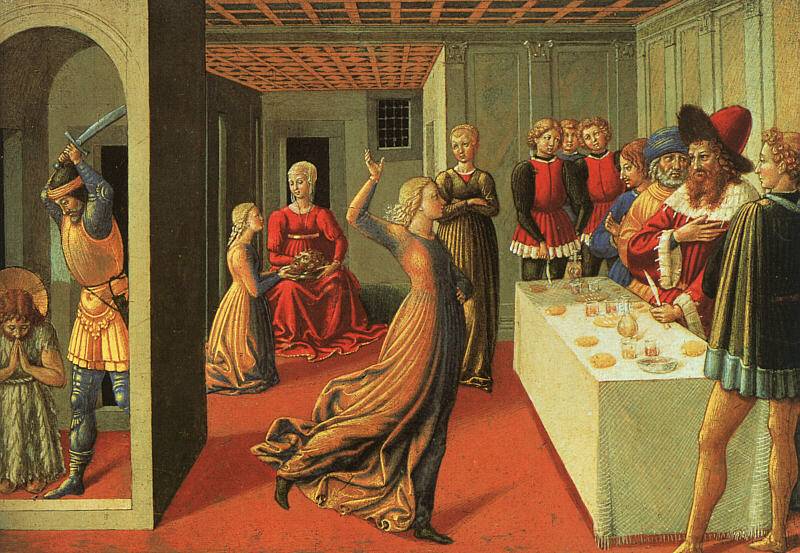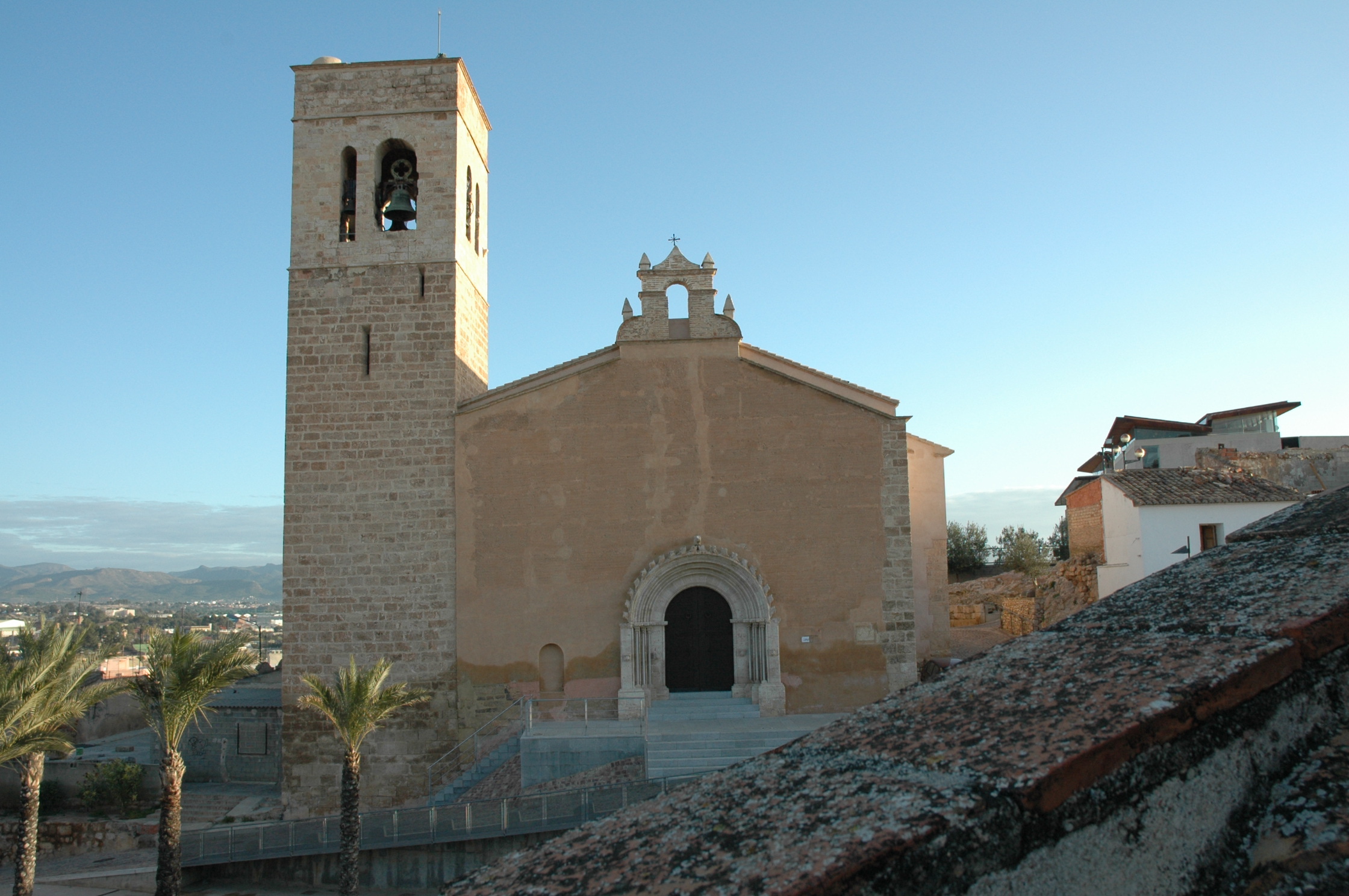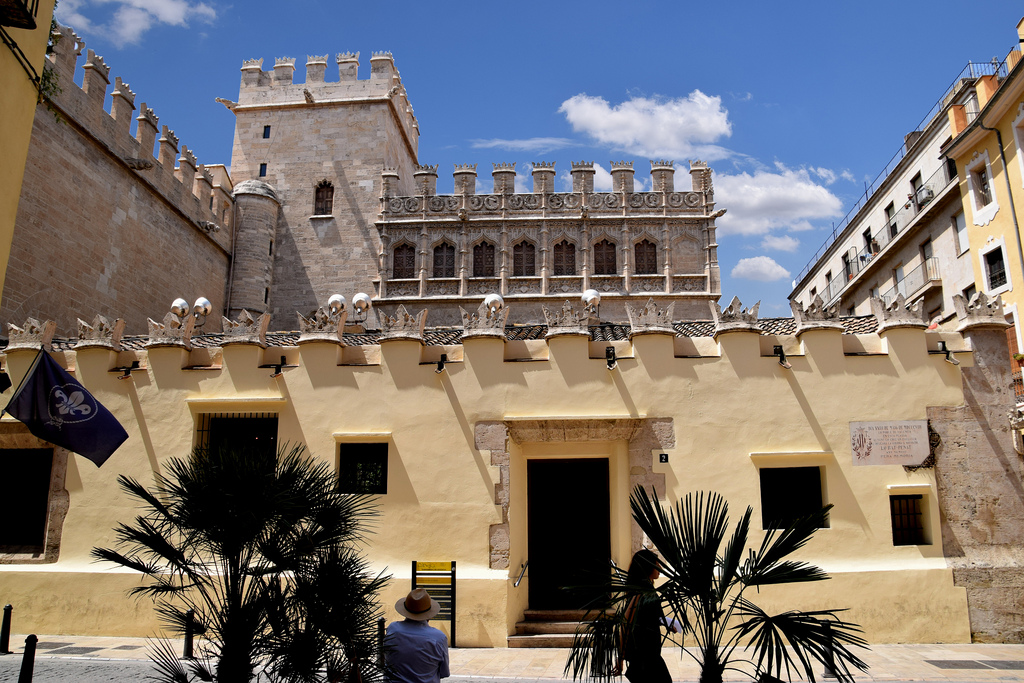
Valencia has been appointed by the UNESCO as capital of the 2016 Silk Road: we review the importance of the Llotja de la Seda (Silk Market) in the city
20 may 2016
The Llotja de la Seda or the Market of the Merchants is the most important Valencian civil gothic building and in 1996 it was declared a World Heritage by Unesco. It was built between 1482 and 1584: between the years 1483 and 1497 its builder was Pere Compte, who inspired in the Market of Palma de Mallorca.
The building is the verification of the Valencian Golden Age richness (15 century) and shows the commercial revolution during the Early Middle Ages, period in which it was strengthened the social development and the prestige got by the Valencian bourgeoisie.
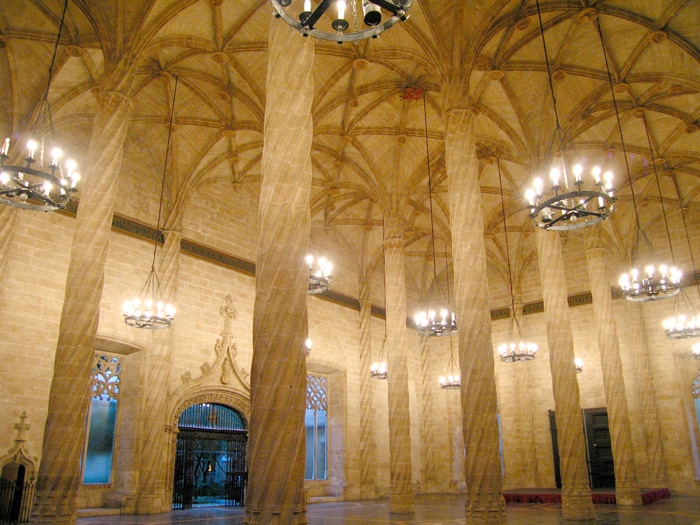
The construction is formed by three bodies: first the Trading Room followed by the central fortified tower and, to the left, the Consulat del Mar (if we observe it from the Market square). The Column Room or Trading Hall occupied the first part of the construction and it is a big room divided in three longitudinal naves by helicoidal columns. The central tower has a ground floor and two high floors, which were originally the prison for traders declared bankrupt.
The Consulat del Mar completes the building: Pere Compte died without seen it finished, since the works concluded in 1548. In the high part of the façade over the Market Square, we can observe the arches and the forty medallions that represent the busts of Roman emperors and distinguished people of the Renaissance period. The most famous aspect of La Lonja may be the diverse gargoyles that surround the entire building and that represent a landmark in the scenography of the 15th century.
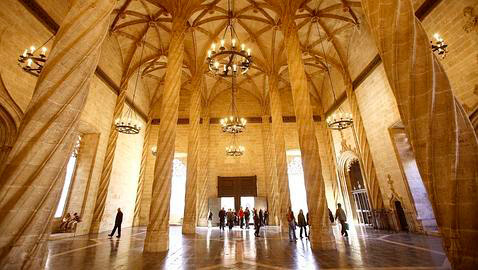
All the ensemble is dedicated to trade and from the beginning of its construction was conceived as a temple for interchanging products, for the new king business of the century, which brought prosperity and development to the city of Valencia. The legacy in the city is incalculable, both from the point of view of cultural heritage and from the impact throughout history.
This year, as well as being the 20th anniversary of the Lonja being declared Heritage of Humanity, Valencia has been named City of Silk by the Unesco. Many events will be organise to commemorate the Silk Road, both from the Universitat de València and from the City Hall of the city.
You can know more on the Silk road in Valencia through the social networks of the road and on the Lonja here, here and here.
Published by: Inés Luján


